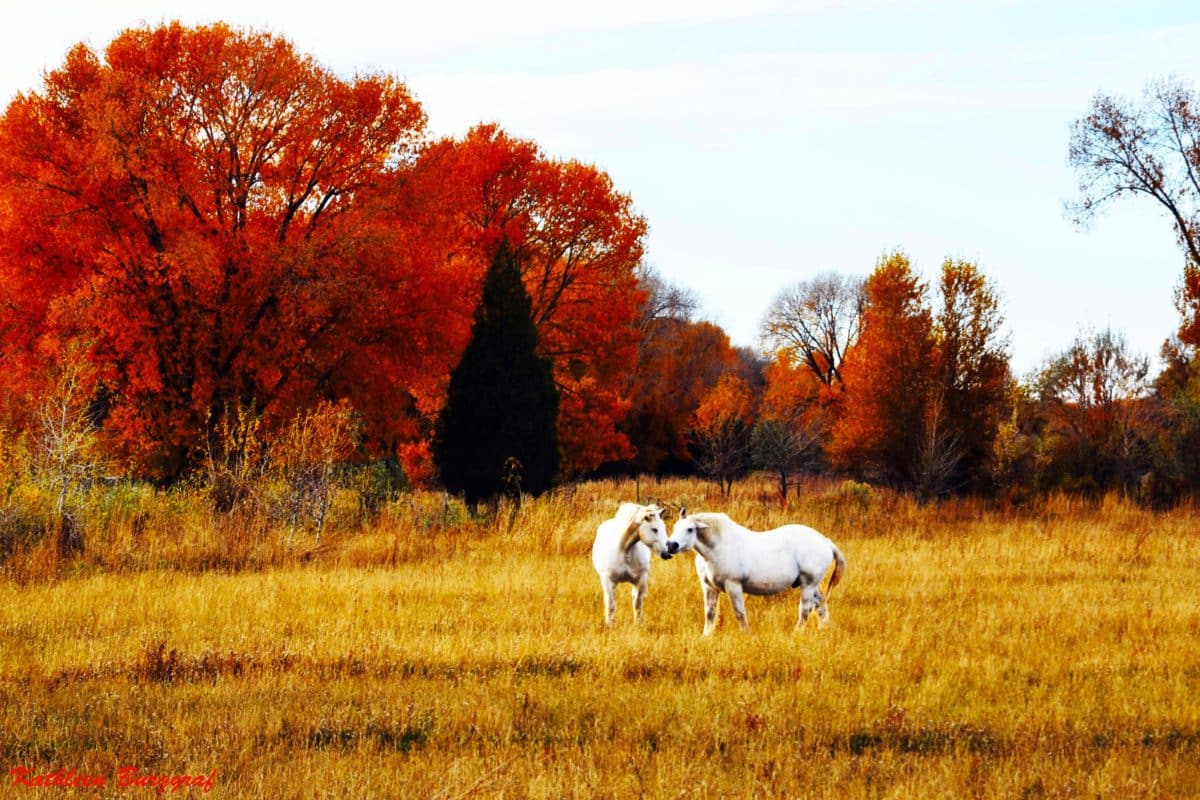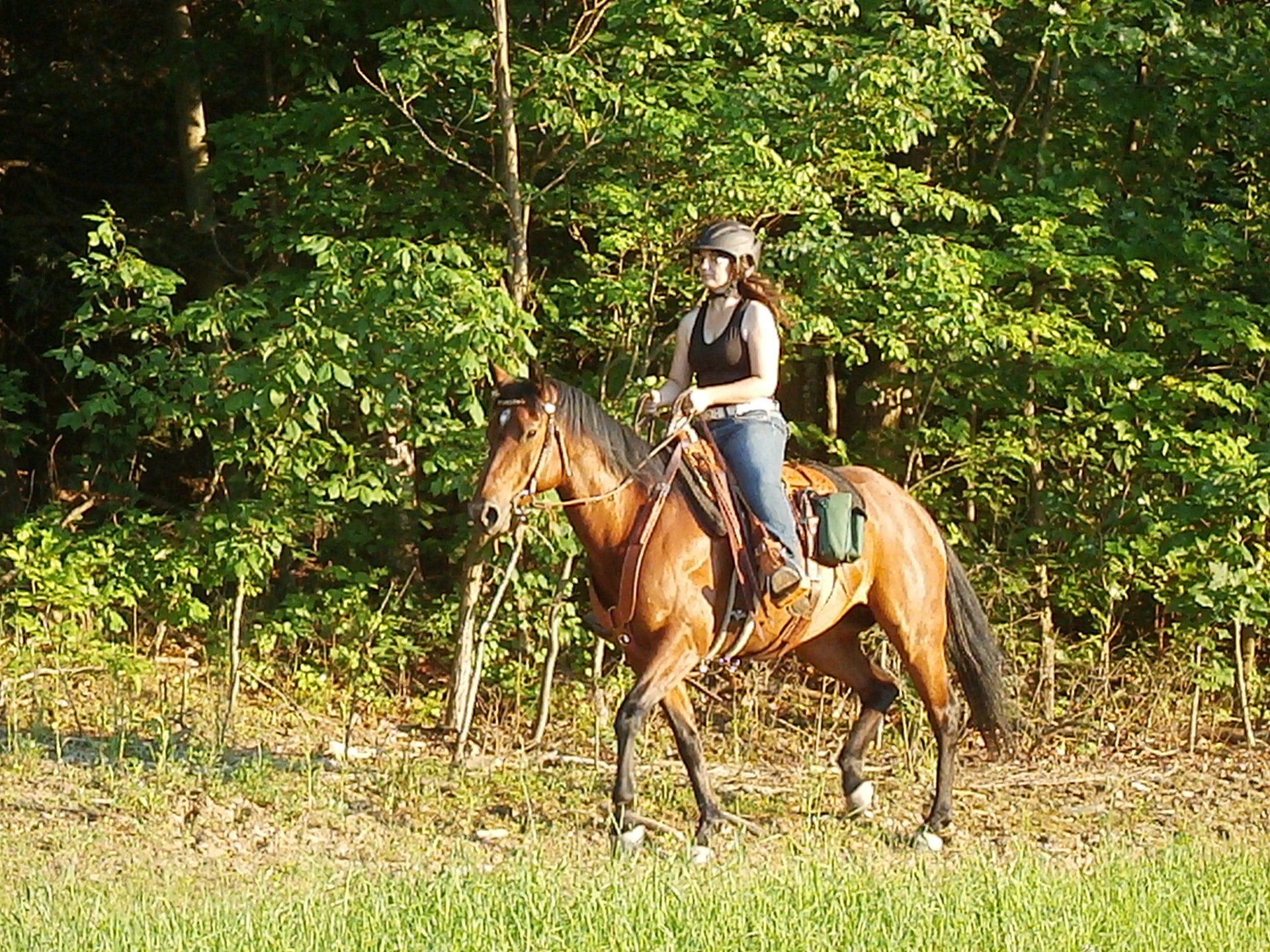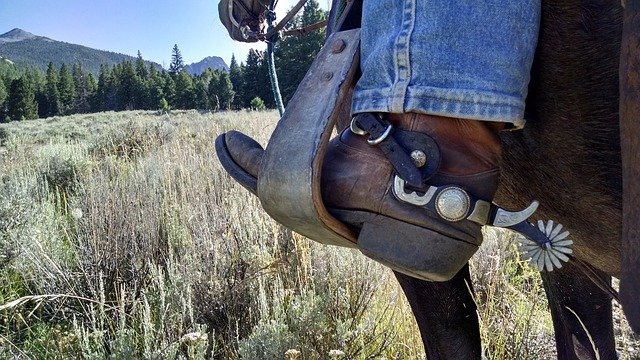
Catching is one of the most common problems faced by horse owners. So, if you are struggling with catching your horse, know that you are not alone. Most of us have encountered this problem at some point or another.
Too many owners who have problems catch their horse take it personally. They view the catching problem as their horse hates them. This is rarely the case.
Why can’t I catch my horse?
There are a number of reasons why a horse may not let himself be caught. The first thing you should assess is: How am I approaching him when I catch him? Are you being too forceful and confrontational? Are you frustrated and angry? Are you anticipating the horse running away? Any of these mistakes can cause the horse to run, creating a self-made problem.
The other big question is: What am I doing after I successfully catch him? This the other big area that trips up a lot of people. Really think about what you do after you catch your horse. Do you do the same thing every time? Do you only do things your horse doesn’t enjoy? Do you give your horse any motivation to want to be caught?
Approaching a Horse to Catch Him
A common method for approaching a horse for catching is to simply walk straight towards his head and expect him to allow himself to be caught. This method is the most common method that fails.
Let’s look at this from the horse’s perspective. Horses are prey animals. While most bloodlines have been fully domesticated for generations, they still maintain many of their wild fight or flight instincts that ensured their ancestor’s survival. We humans are far more predatory in our approach. To a prey animal, our straight forward approach to catching could be instinctual interpreted as a predatory maneuver going for the throat. It is natural for a prey animal to instinctual flee from this sort of approach.
An alternative solution is to not go directly for the head. A common solution is to approach in a zig-zag path rather than a straight line. This presents your shoulder to the horse for most of the approach, a pacifying gesture that horses understand to mean “I am not a threat.”
I also establish a habit of not going for the head. Simply approaching the side far enough back to be out of head range but safely out of kicking range is safest. This puts the horse at ease because it tells him that you are not necessarily there to catch him.
What to do After Catching Your Horse
This is also very important. Once you have the halter on your horse, do you always bring him in and ride him? Do you only catch him for things he might view as unpleasant?
I like to make a habit of walking out to check on the horses and pick out hooves. Now, my horses are all ok with picking up feet and being brushed without being tied. Do not attempt picking up your horse’s feet in this manner if he is not well-trained.
This exercise allows me to interact with the horses in the pasture without always catching them and bring them in to work. This way, they never know what I am there for, so they are less likely to bolt.
If your horse is good about picking up his feet in any situation, taking out a brush and hoof pick can often get him to relax if you can clean out his feet and brush him a little before you put the halter on. For horses that will not allow you to do this without the halter on, put the halter on first, then groom him a bit without moving off the spot and let him go again when you are done.
When you do bring your horse in from the pasture, you should mix up what you do with him once he is in the barn. Of course, many times you will bring him in for riding. But also make sure you spend some time grooming, hand grazing, or any other activity your horse might enjoy and see as pure fun.
It is important to establish for your horse that catch does not always mean work. Even if you have a horse like my Moose who loves riding and is a workaholic, your horse will sour quickly if all you ever do with him is work. But you don’t have to get fancy either. Moose’s favorite activities outside of work a getting her mane brushed and hand grazing. Those two simple things are all it takes to keep her from completely souring on catching.
Photo by HypnoArt









